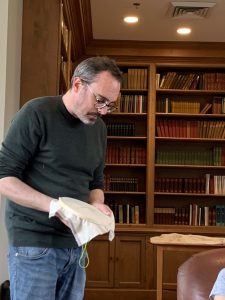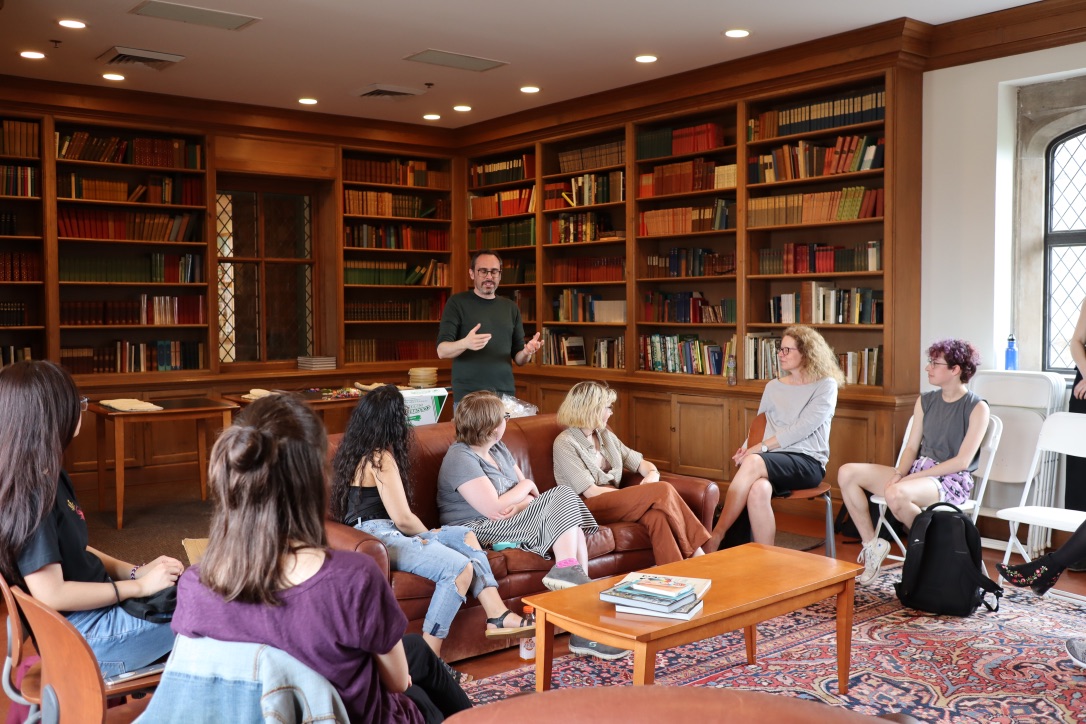
“Good-by, Harriet the Spy,” whispered Ole Golly into Harriet’s neck. Harriet felt tears start in her eyes. Ole Golly put her down sternly. “None of that. Tears won’t bring me back. Remember that. Tears never bring anything back. Life is a struggle and a good spy gets in there and fights. Remember that. No nonsense.” And with that she picked up her bags and was down the steps.
Harriet the Spy, Louise Fitzhugh, 1964.
Mrs Whatsit came to her and put an arm around her comfortingly. “I can’t stay with you here, you know, love,” she said. “You three children will be on your own. We will be near you; we will be watching you. But you will not be able to see us or to ask us for help, and we will not be able to come to you…Only a fool is not afraid…Now go.” And where she had been there was only sky and grasses and a small rock.
A Wrinkle in Time, Madeleine L’Engle, 1962.
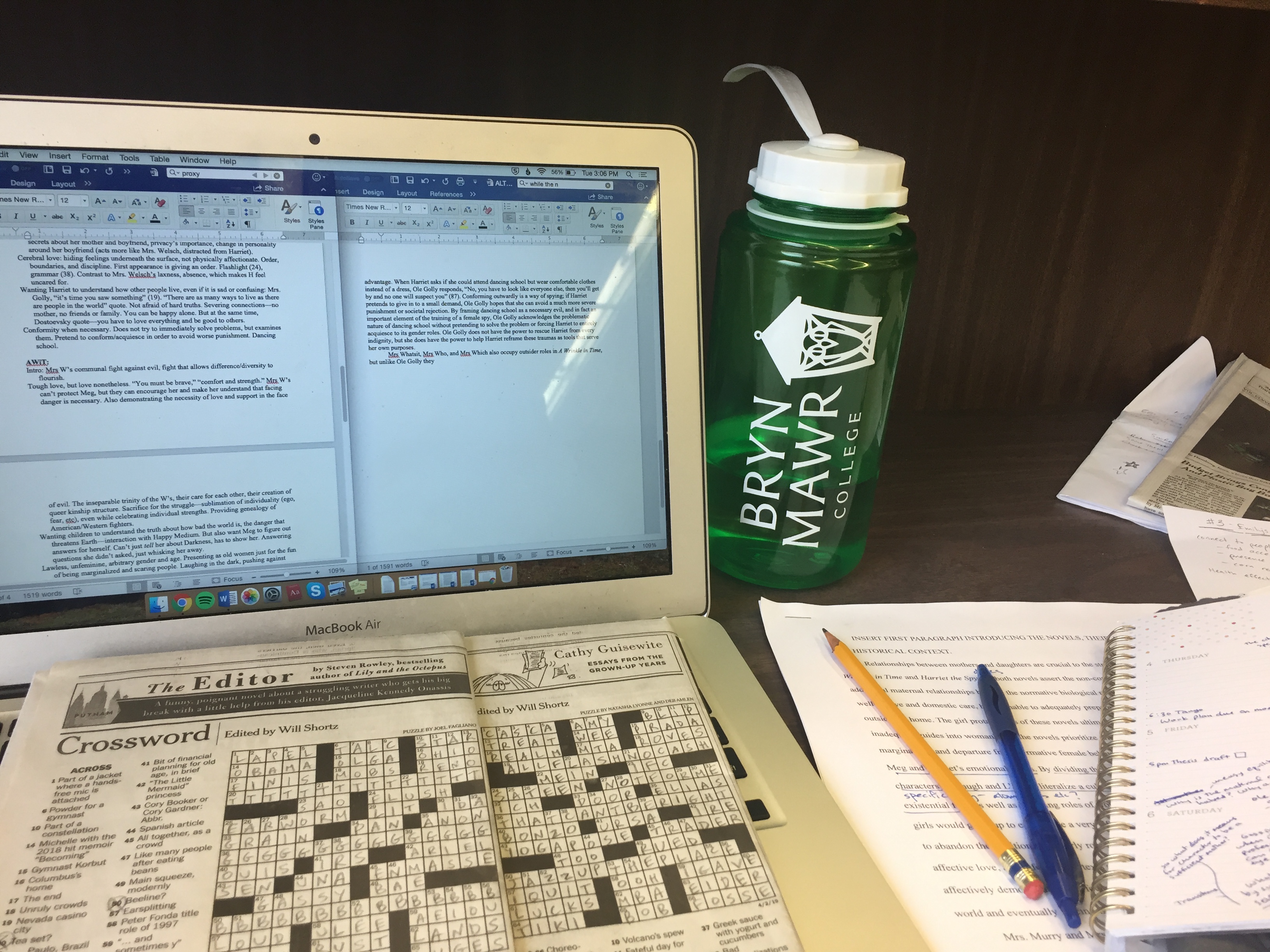
With less than three weeks until my English thesis due date, writing and editing this project has become the main use of my time. In this blog post I’d like to talk about the timeline for my thesis and some unexpected bumps along the road.
The English thesis is expected to be between 30 and 40 pages, making it the longest academic paper I will have ever written. The entire process is meant to mimic the process of writing any other paper for a peer-reviewed journal; although I do not plan to pursue academia as a career, this has been a really intellectually stimulating project and a chance to devote myself to a topic that I am truly passionate about.
My thesis examines two American novels from the 1960s, Harriet the Spy and A Wrinkle in Time, two of the most iconic children’s books of the era. Both were written by women, both feature female protagonists, and both are concerned with questions of conformity, the changing power dynamics between adults and children, and the place of a nonconforming young girl in society. I am focusing on the role of the maternal relationship in both texts. In these novels, the protagonists have ambivalent relationships to their biological mothers as well as what I’m calling “supplemental mothers,” other women who act as mentors. I am writing about what the various mothers offer, both emotionally and practically, and investigating what the authors might have been implying by splitting up the maternal role among these various characters.
Although the English thesis is a yearlong project, what I’m working on now is very different from what I started out with in September. My thinking has undergone many different shifts as I encounter new perspectives and receive feedback from my advisor. In the English department we are assigned faculty advisors based on our interest area. My advisor, Professor Flower, specializes in children’s literature so she is the perfect resource for my thesis. I underwent a major setback earlier last month, when I realized that the thesis I’d been trying to write was much too broad and lacked a coherent argument. With the help of Professor Flower, I was able to narrow down my topic, and I finally feel like I’m on the right track. That being said, I know that the paper will continue to change and improve.


My biggest tool in working on such a big project is breaking down my work into the smallest possible mini-tasks. I actually will divide the number of pages that need to be written by the number of days I have, and then do the bare minimum each day. This can be problematic, because once I set these small goals, it’s almost impossible to force myself to do any more than necessary. However, as long as I can stick to the schedule, it’s a great method for staying motivated.
One problem I’ve faced with such a long project is that even when I reach a checkpoint such as turning in a certain number of pages, I’m still not done and I can’t really take a break. The past couple of weeks have been especially frantic, but luckily the changing of the seasons makes a beautiful backdrop to thesis-writing. The early-blooming trees started to blossom last week, in front of Canaday, Denbigh, and English House. When the sun is out, the pink petals are translucent from underneath. They look otherworldly, as if such a sight should not be found in nature. I’m desperately hoping for a sight of the beautiful and shy English House deer family, whom I have been glimpsing less and less over the years. I hope I can see at least one of them again before I graduate.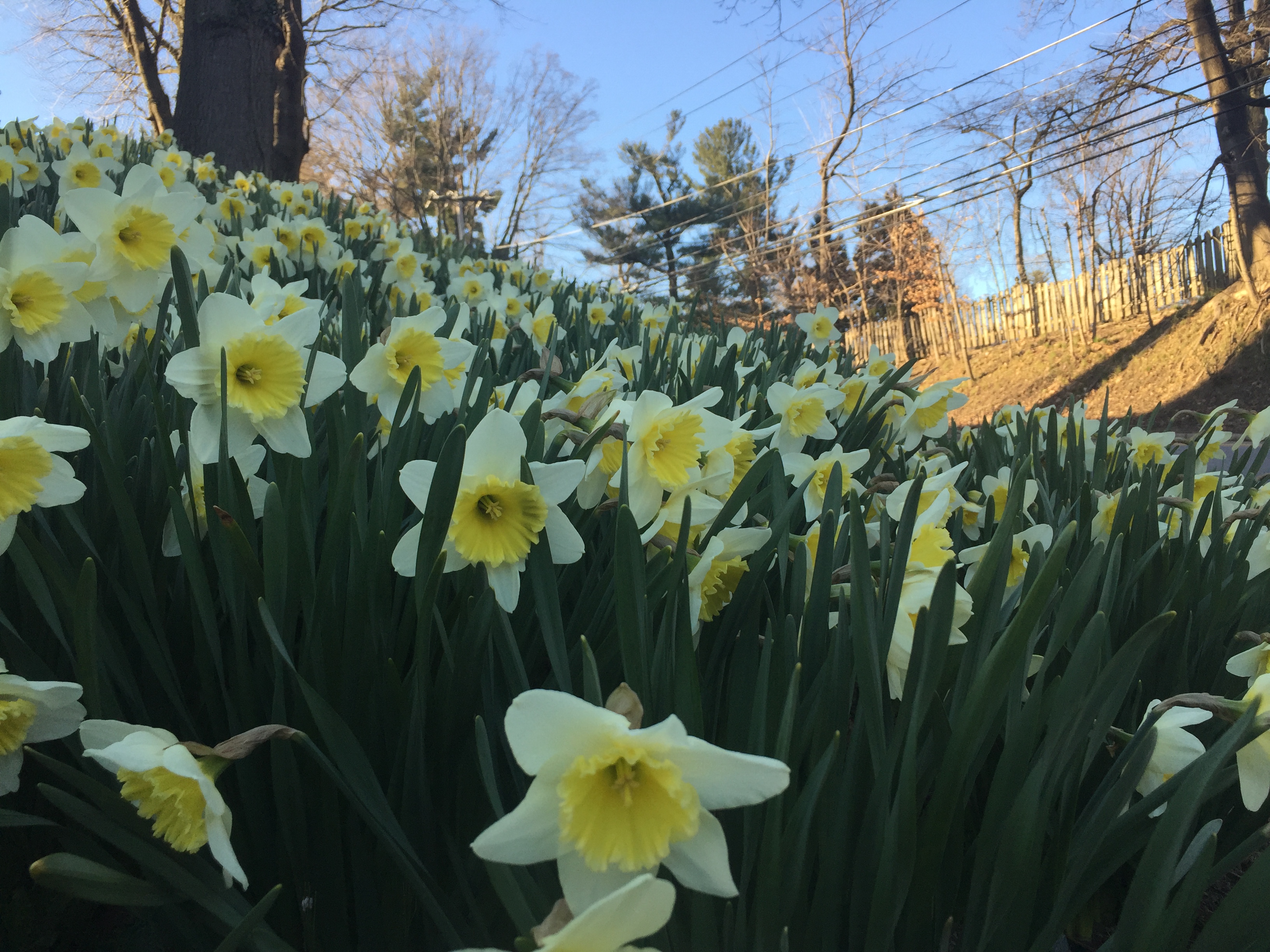

In the meantime, I hope everyone is eating enough food and sleeping enough hours. I try to read every night before bed. I recently started Yiyun Li’s Kinder than Solitude. I love Li’s short stories and am hoping to finish her novel before she comes to Bryn Mawr later this month. My most important aspect of self-care/procrastination is doing the crossword puzzle every day. Students can get The New York Times for free in the dining halls, and this year I have started doing the crossword religiously. Not everyone knows that it’s something you can actually improve at, and I have actually gotten to the point where I can complete the puzzle almost every day of the week!

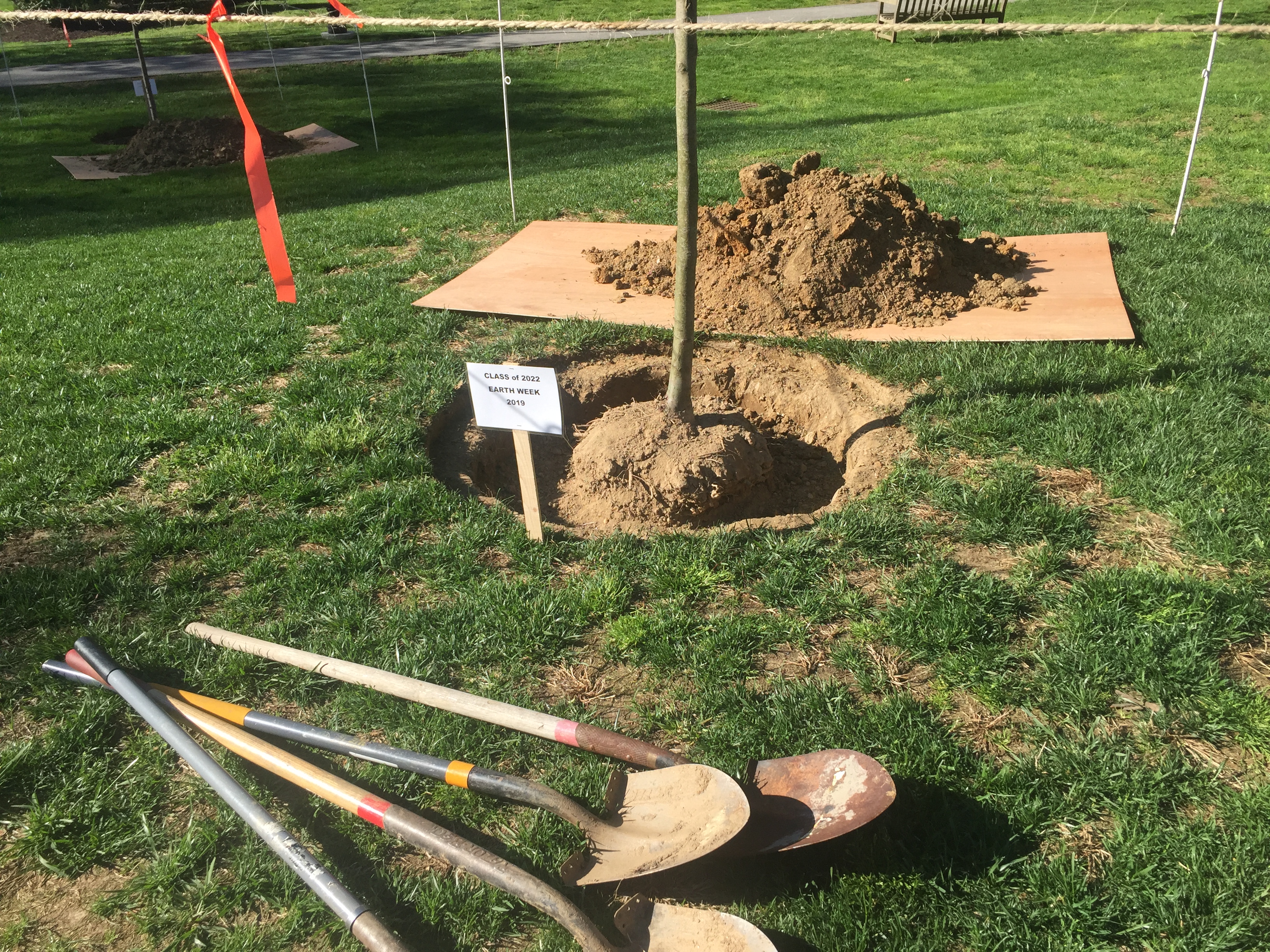





 As participants settled into the sunny London Room for an embroidery workshop with artist-in-residence Gareth Brookes last week, the soft-spoken Londoner set us at ease with stories of how his mother taught him to embroider at the age of 4. He began by embroidering “boy things” like war scenes, but since then his work has developed into gorgeous and often haunting meditations on solitude, connection, and manifestations of home.
As participants settled into the sunny London Room for an embroidery workshop with artist-in-residence Gareth Brookes last week, the soft-spoken Londoner set us at ease with stories of how his mother taught him to embroider at the age of 4. He began by embroidering “boy things” like war scenes, but since then his work has developed into gorgeous and often haunting meditations on solitude, connection, and manifestations of home.
